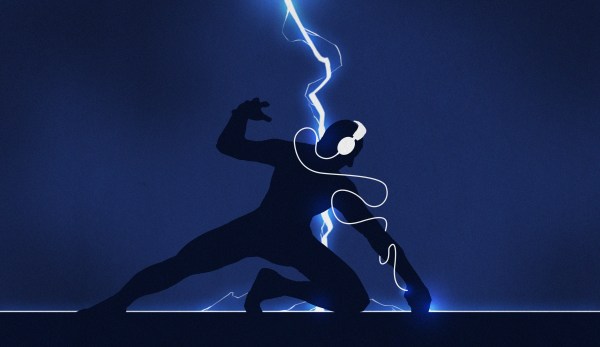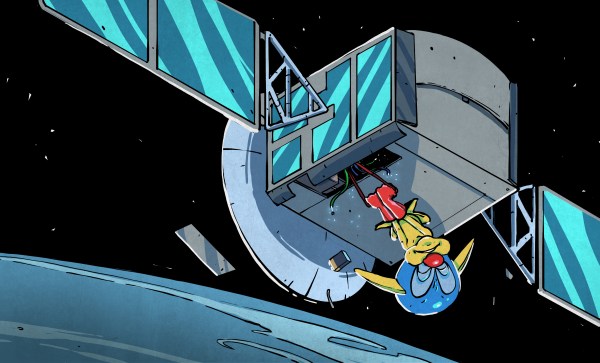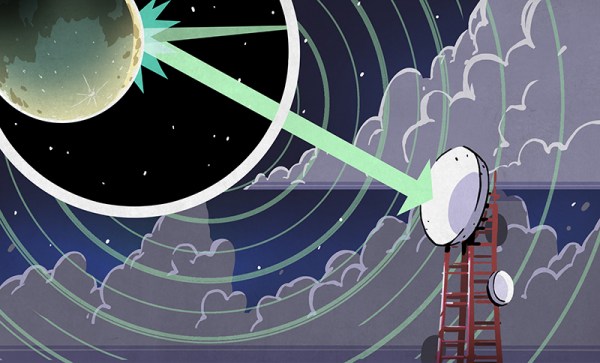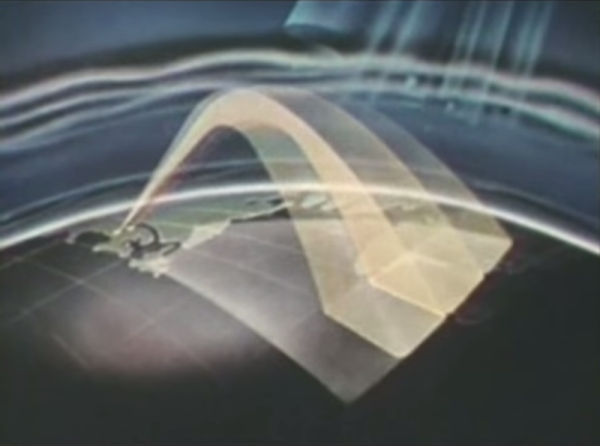If you are familiar with radio propagation you’ll know that radio waves do not naturally bend around the earth. Like light and indeed all electromagnetic radiation if they are given a free space they will travel in a straight line.
At very high frequencies this means that in normal circumstances once a receiver moves over the horizon from a transmitter that’s it, you’re out of range and there can be no communication. But at lower frequencies this is not the case. As you move through the lower end of the VHF into the HF (Short Wave) portion of the spectrum and below, the radio signal routinely travels far further than the horizon, and at the lower HF frequencies it starts to reach other continents, even as far as the other side of the world.
Of course, we haven’t changed the Laws Of Physics. Mr. Scott’s famous maxim still stands. Radio waves at these frequencies are being reflected, from ionised portions of the atmosphere and from the ground, sometimes in multiple “hops”. The science of this mechanism has been the subject of over a hundred years of exploration and will no doubt be for hundreds more, for the atmosphere is an unreliable boiling soup of gasses rather than a predictable mirror for your radio waves.
Radio amateurs have turned pushing the atmosphere to its limits into a fine art, but what if you would prefer to be able to rely on it? The US military has an interest in reliable HF communications as well as in evening out the effects of solar wind on the ionisation of the atmosphere, and has announced a research program involving bombing the upper atmosphere with plasma launched from cubesats. Metal ions will be created from both chemical reactions and by small explosions, and their results on the atmosphere will be studied.
Of course, this isn’t the first time the upper atmosphere has been ionised in military experiments. Both the USA and the USSR exploded nuclear weapons at these altitudes before the cessation of atmospheric nuclear testing, and more recently have directed high power radio waves with the aim of ionising the upper atmosphere. You may have heard of the USA’s HAARP project in Alaska, but Russia’s Sura Ionospheric Heating Facility near Nizhniy Novgorod has been used for similar work. It remains to be seen whether these latest experiments will meet with success, but we’re sure they won’t be the last of their kind.
We’ve looked at radio propagation in the past with this handy primer, and we’ve also featured a military use of atmospheric reflection with over-the-horizon radar.
Fishbowl Starfish Prime upper atmosphere nuclear test image via Los Alamos National Laboratory. As an image created by an officer or employee of the United States government as part of their official duties this image is in the public domain.

















